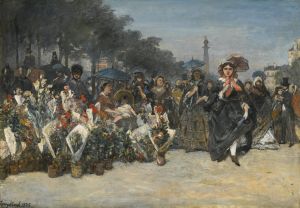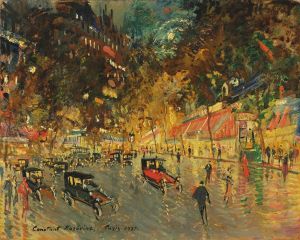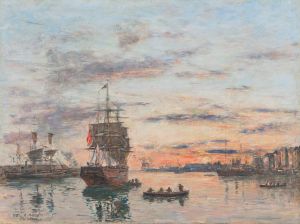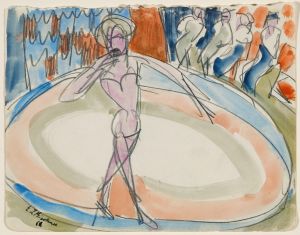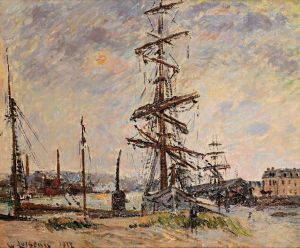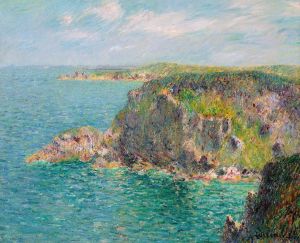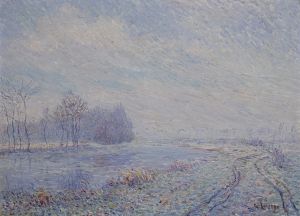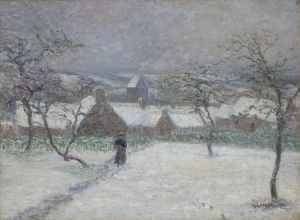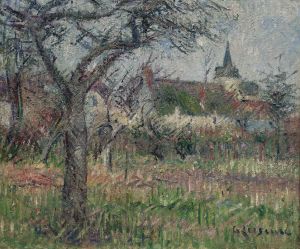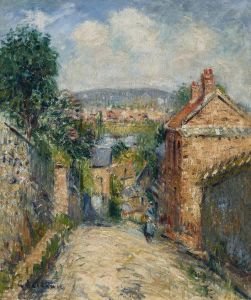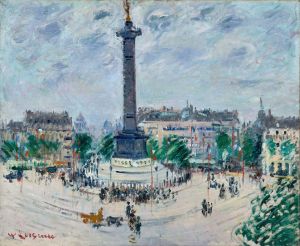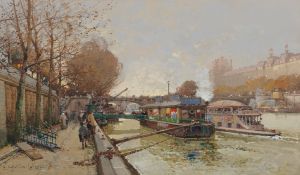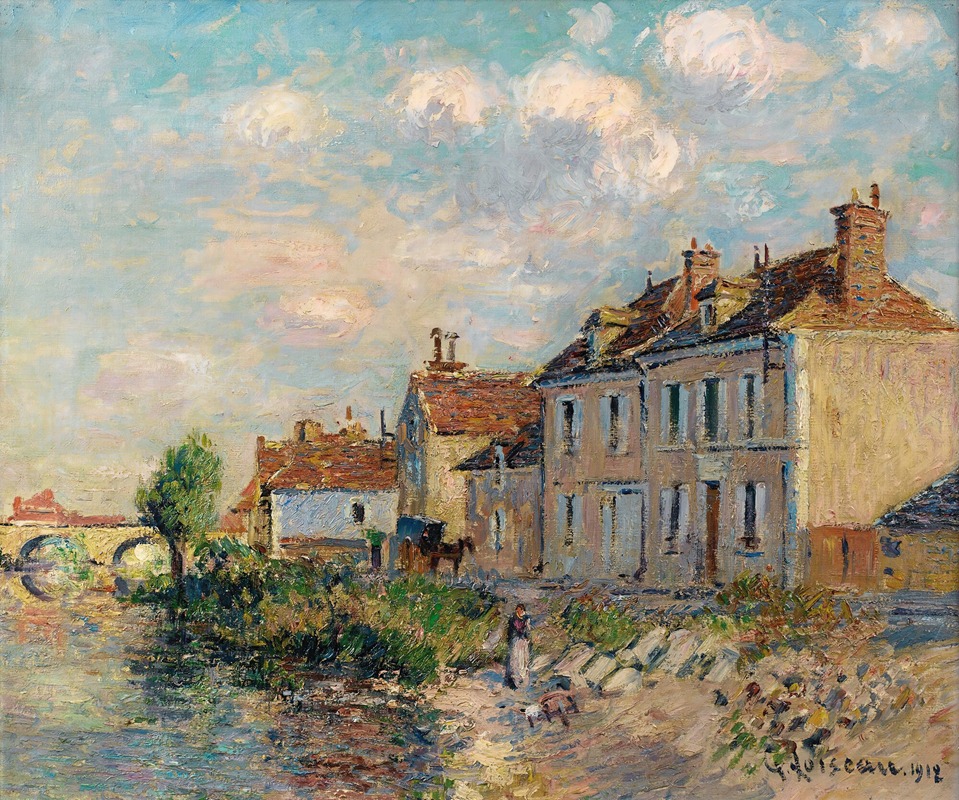
Le Quai Saint-Martin, Auxerre
A hand-painted replica of Gustave Loiseau’s masterpiece Le Quai Saint-Martin, Auxerre, meticulously crafted by professional artists to capture the true essence of the original. Each piece is created with museum-quality canvas and rare mineral pigments, carefully painted by experienced artists with delicate brushstrokes and rich, layered colors to perfectly recreate the texture of the original artwork. Unlike machine-printed reproductions, this hand-painted version brings the painting to life, infused with the artist’s emotions and skill in every stroke. Whether for personal collection or home decoration, it instantly elevates the artistic atmosphere of any space.
Gustave Loiseau (1865–1935) was a French Post-Impressionist painter known for his landscapes and scenes of rural life. He was particularly associated with the technique of "en treillis," a cross-hatched brushstroke style that added texture and movement to his works. Loiseau's paintings often depicted the French countryside, rivers, and towns, capturing the changing light and atmosphere of different seasons.
"Le Quai Saint-Martin, Auxerre" is one of Loiseau's works that exemplifies his focus on capturing the essence of a specific location. The painting portrays a view of the Quai Saint-Martin in Auxerre, a historic town in the Burgundy region of France. Auxerre is known for its picturesque setting along the Yonne River and its rich architectural heritage, including Gothic churches and medieval buildings. In this painting, Loiseau depicts the riverside scene with his characteristic attention to light, color, and texture.
The composition of "Le Quai Saint-Martin, Auxerre" reflects Loiseau's interest in the interplay between natural and man-made elements. The river, likely the Yonne, serves as a central feature, with its calm waters reflecting the surrounding buildings and sky. The quai, or riverside promenade, is lined with structures that suggest the charm of small-town life. Loiseau's use of soft, muted tones and his distinctive brushwork create a sense of tranquility and timelessness.
As with many of Loiseau's works, "Le Quai Saint-Martin, Auxerre" demonstrates his dedication to plein air painting, a practice that involved working outdoors to capture the immediate effects of light and atmosphere. This approach was central to the Impressionist and Post-Impressionist movements, and Loiseau's work is often seen as a continuation of these traditions.
While specific details about the creation of this painting, such as its exact date, are not widely documented, it is consistent with Loiseau's broader body of work, which frequently explored similar themes and locations. Today, Loiseau's paintings are appreciated for their ability to evoke the quiet beauty of the French landscape and the subtle interplay of light and color.
"Le Quai Saint-Martin, Auxerre" is an example of Loiseau's ability to transform an ordinary scene into a work of art that captures the viewer's imagination and invites them to experience the serenity of the moment. The painting is held in private or public collections, depending on its provenance, and continues to be studied and admired as part of Loiseau's contribution to Post-Impressionist art.





